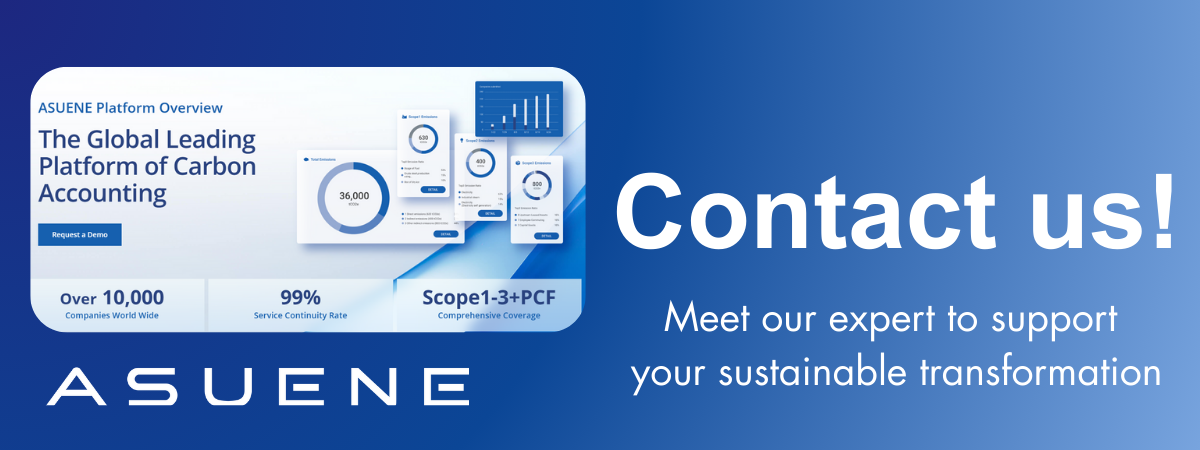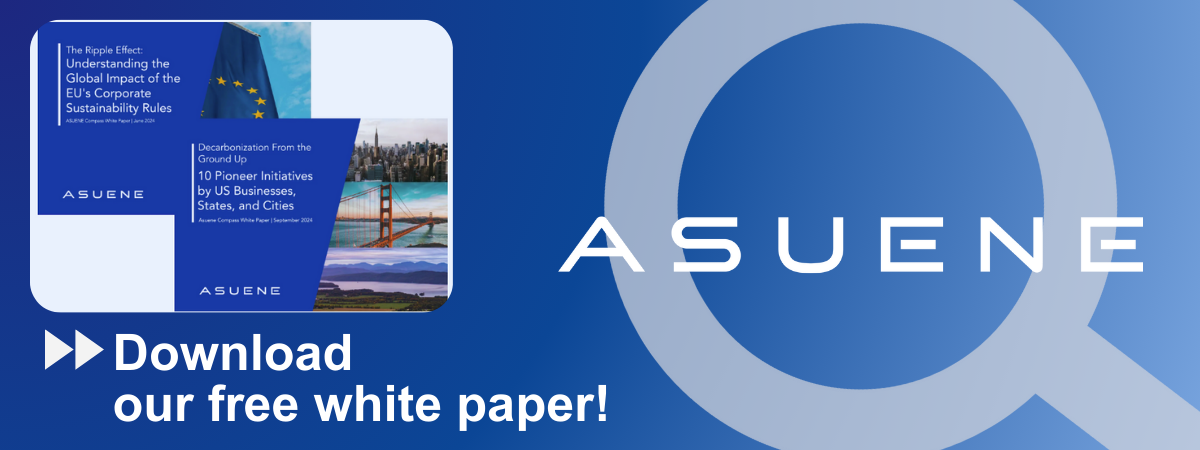- Article Summary
-
Introduction: The EU’s Next Carbon Market Is Here
When the European Commission confirmed in October 2025 that the EU will launch ETS2 in 2027, it marked a new chapter in the region’s climate policy. For the first time, carbon pricing will apply to fuels used in buildings and road transport, extending the reach of market-based climate regulation to millions of consumers and businesses. The move aims to close the gap in emissions reductions that has persisted in these sectors.
| Item | Detail |
|---|---|
| Launch Year | 2027 (possible delay to 2028 if energy prices spike) |
| Covered Sectors | Buildings, Road Transport, Small Industry |
| Regulated Entities | Fuel suppliers (upstream) |
| Cap for 2027 | ~1.036 billion allowances |
| Price Control | Temporary cost-containment mechanism |
| Social Climate Fund | €86.7 billion (2026–2032) |
The introduction of ETS2 will complete the EU’s broader carbon pricing architecture that began with the original Emissions Trading System (EU ETS) in 2005. Together, the two systems will bring roughly three quarters of European greenhouse gas emissions under a cap-and-trade regime.
Background: Why the EU Needed a Second ETS
The first emissions trading system, EU ETS, launched in 2005 focused on large emitters such as power generators and heavy industry. These sectors have since reduced emissions significantly. In contrast, buildings and road transport have continued to show slower progress. They are responsible for more than 40% of total EU emissions, largely due to heating and vehicle fuel use.
The creation of ETS2 under the Fit for 55 Package was intended to accelerate decarbonisation in these lagging areas. Unlike the original system, ETS2 will function as a parallel carbon market. Its design limits volatility from industrial trading and allows tailored safeguards to protect households and small firms. The obligation falls on fuel distributors rather than individual consumers, encouraging efficiency while maintaining simplicity in enforcement.
A long-term objective of ETS2 is to harmonise carbon costs across sectors and Member States. This alignment is expected to increase investment in clean transport technologies and energy-efficient buildings, driving measurable progress toward the EU’s 2030 target of reducing emissions by 55% compared with 1990 levels.

Mechanics: How ETS2 Works
ETS2 will cover carbon dioxide emissions from fuel combustion in buildings, road transport, and small installations below 25,000 tonnes of CO₂ equivalent per year. The system will regulate fuel suppliers that sell or import petrol, diesel, gas, and heating fuels. Allowances will be auctioned entirely without free allocation, and the total cap will decline annually by 5.15%.
To stabilise prices, ETS2 will include a market reserve and a temporary ceiling that releases additional allowances if prices exceed about €45 per tonne of CO₂. Monitoring and reporting obligations will start in 2025, followed by verification in 2026. Trading begins in 2027, and the first compliance surrender will take place in 2028.
| Stage | Year | Activity | Responsible Party |
| Monitoring Plan Submission | 2025 | Fuel Suppliers | National authorities |
| Verification | 2026 | Accredited verifiers | EU and national agencies |
| Trading Begins | 2027 | Auction platform | European Energy Exchange |
| First Surrender | 2028 | Regulated entities | Member States |
Each Member State will need to align its national systems, such as Germany’s national fuel levy, with ETS2 to avoid overlapping carbon costs. This coordination is essential for market coherence and investor confidence.
Implications: What It Means for Businesses and Consumers
For fuel suppliers, ETS2 will introduce a direct carbon cost into their operations. This cost is expected to flow through to end users, influencing heating, transportation, and energy expenses. A carbon price of €45 per tonne translates to roughly 2.5 euro cents per litre of petrol. If the price rises to €100, fuel costs could increase by up to 5 cents per litre.
Households will be indirectly affected, particularly those dependent on fossil fuels for heating or mobility. To mitigate this, the EU established the Social Climate Fund, which will channel €86.7 billion between 2026 and 2032 to support energy renovations, public transport, and heat pump installations.
Businesses will face mixed challenges and opportunities. Transport and logistics firms may experience cost pressure, prompting investment in electric fleets or alternative fuels. Real estate owners and facility managers will see higher heating expenses, making energy efficiency and renewable heating upgrades financially attractive. For corporations disclosing under ESG frameworks, ETS2 costs will become a relevant factor in Scope 1 and Scope 3 reporting. Knowing how much carbon a company emits will become critical for compliance and cost control, making robust carbon accounting systems a necessary tool for effective management under ETS2.
By embedding a transparent carbon price in consumer-related sectors, ETS2 will gradually reshape market expectations. Companies that anticipate these costs in their long-term strategies can gain competitiveness and reduce exposure to volatile energy prices.
Conclusion: Turning Policy Into Decarbonisation Momentum
ETS2 expands carbon pricing to areas of everyday life, extending the reach of Europe’s climate framework to the fuels that heat buildings and power vehicles. The system will bring almost three quarters of EU emissions under a unified carbon market. Its effectiveness will depend on the balance between economic fairness, political support, and the pace of technological change.
For companies, the launch of ETS2 presents a clear signal to measure and reduce fuel-related emissions. Strong carbon accounting will be central to this effort, helping organisations track, verify, and report emissions data accurately. Investments in clean energy, building retrofits, and low-carbon mobility will not only limit future compliance costs but also strengthen long-term resilience. The next key milestones will be the activation of the Social Climate Fund in 2026, the start of ETS2 trading in 2027, and the first surrender cycle in 2028. Together, these steps represent a significant shift from policy design to implementation, creating new momentum for Europe’s transition to a low-carbon economy. surrender cycle in 2028. Together, these steps represent a significant shift from policy design to implementation, creating new momentum for Europe’s transition to a low-carbon economy.
Why Work with ASUENE Inc.?
ASUENE is a key player in carbon accounting, offering a comprehensive platform that measures, reduces, and reports emissions. ASUENE serves over 10,000 clients worldwide, providing an all-in-one solution that integrates GHG accounting, ESG supply chain management, a Carbon Credit exchange platform, and third-party verification.
ASUENE supports companies in achieving net-zero goals through advanced technology, consulting services, and an extensive network.


